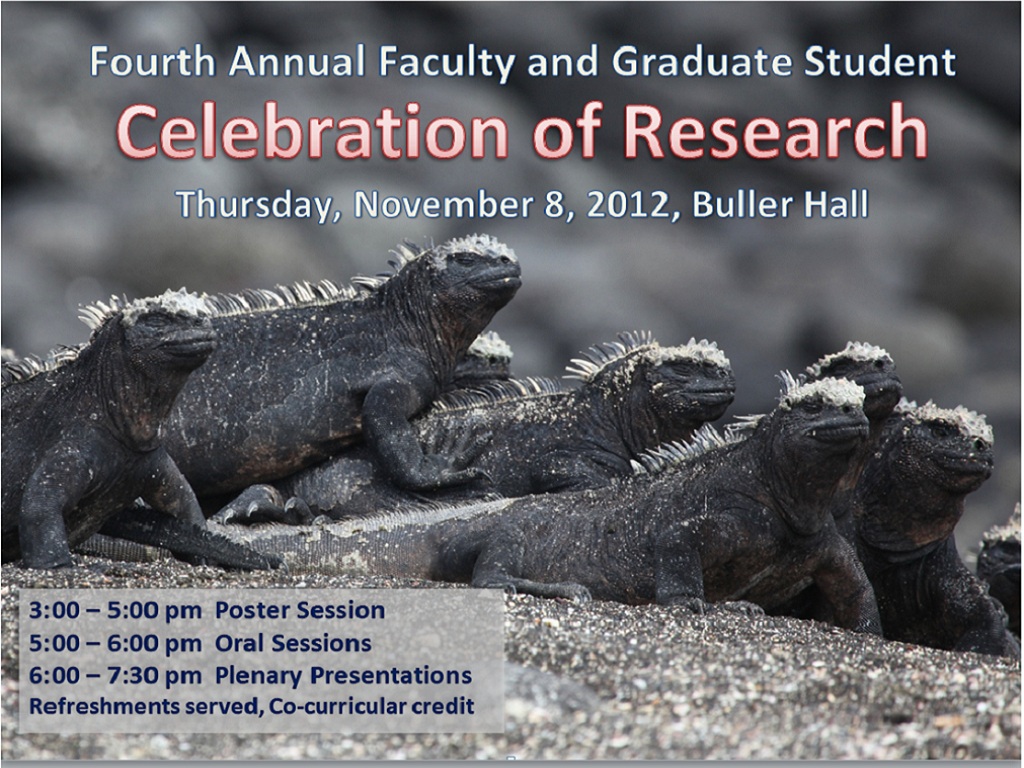F-1 Physiognomy in Renaissance Society and Drama
Presenter Status
Department of English
Location
Buller Room 251
Start Date
8-11-2012 5:00 PM
End Date
8-11-2012 5:12 PM
Presentation Abstract
The relationship between the inward self and the body has been widely examined in early modern studies, particularly through the lens of humoralism—the makeup and effects of a person’s four humours. I want to redirect attention toward a largely overlooked discourse that likewise reveals a great deal about early modern understandings of the relationship between the body and inward selfhood—that of physiognomy, the practice of discerning character through the body, particularly the face. I suggest that by exploring early modern physiognomic practice, we can see the emergence of both the concept of character and the Cartesian separation of body and mind.
F-1 Physiognomy in Renaissance Society and Drama
Buller Room 251
The relationship between the inward self and the body has been widely examined in early modern studies, particularly through the lens of humoralism—the makeup and effects of a person’s four humours. I want to redirect attention toward a largely overlooked discourse that likewise reveals a great deal about early modern understandings of the relationship between the body and inward selfhood—that of physiognomy, the practice of discerning character through the body, particularly the face. I suggest that by exploring early modern physiognomic practice, we can see the emergence of both the concept of character and the Cartesian separation of body and mind.



